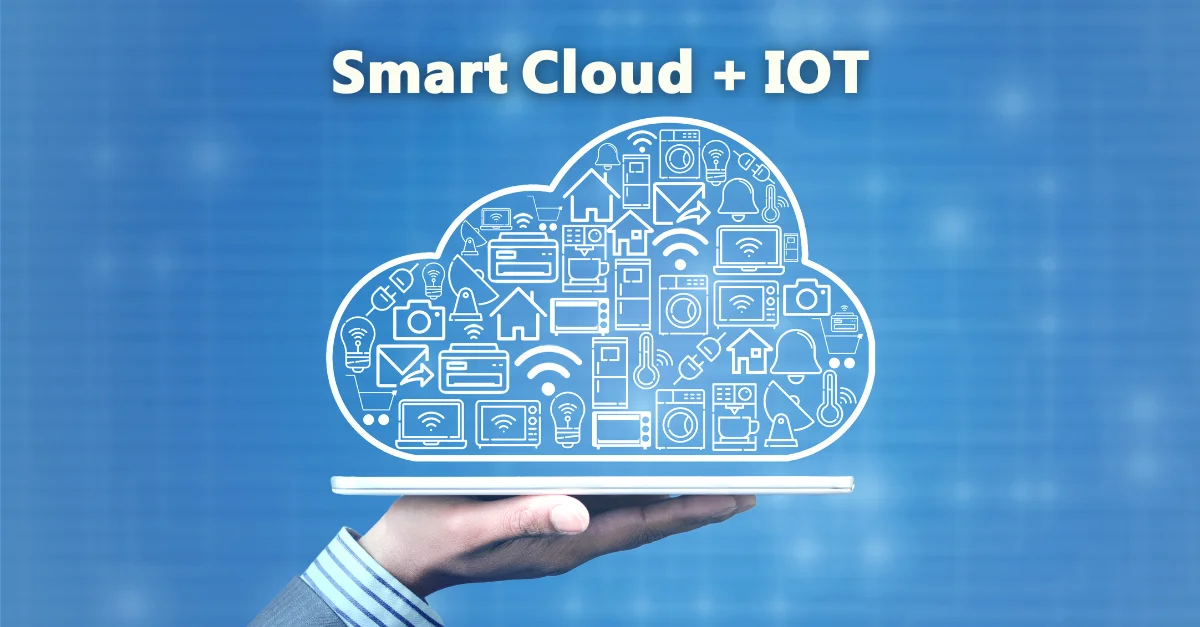Imagine a city where traffic flows seamlessly, energy waste is minimal, and public safety is proactively managed. This isn’t a futuristic fantasy – it’s the reality being built through the powerful integration of the Internet of Things (IoT) into smart city services.
The concept is simple, yet transformative: deploy a network of interconnected sensors and devices throughout the urban landscape, collect the resulting data, and use it to optimize city operations. This data-driven approach is reshaping how cities function, making them more efficient, sustainable, and responsive to the needs of their residents.
The Data Backbone of Smart Cities
At the heart of IoT integration lies the ability to gather real-time data. From traffic patterns to air quality, IoT sensors are the eyes and ears of the city, providing invaluable insights. This data is then transmitted through robust communication networks, allowing city authorities to analyze and act upon it.
Key Applications Shaping Urban Life
Let’s explore some of the ways IoT is making our cities smarter
- Smarter Traffic, Smoother Journeys
- Say goodbye to frustrating gridlock. IoT sensors monitor traffic flow, detecting congestion and optimizing traffic signal timing. Real-time updates guide drivers to available parking, reducing wasted time and fuel.
- Illuminating Efficiency with Smart Lighting
- Streetlights that adapt to their surroundings? That’s the power of IoT. Smart lighting systems adjust brightness based on ambient light and pedestrian activity, slashing energy consumption and enhancing safety.
- Waste Management, Reimagined
- No more overflowing bins. Sensors monitor fill levels, enabling efficient waste collection routes and reducing unnecessary trips. This not only optimizes operations but also contributes to a cleaner environment.
- Breathing Easier with Environmental Monitoring
- IoT sensors monitor air and water quality, providing crucial data for addressing pollution and protecting public health. This empowers cities to take proactive steps towards a healthier environment.
- Enhanced Safety, Proactive Response
- From surveillance cameras to alert systems, IoT technologies bolster public safety. Real-time data enables rapid response to emergencies, while advanced analytics can predict and prevent potential incidents.
- Building Sustainable Energy Grids
- IoT devices allow for better monitoring and control of energy distribution, which helps to integrate renewable energy sources, and reduce energy waste.
- Conserving Precious Water Resources
- Water management gains a massive boost with IoT. Sensors monitor water usage, detect leaks, and ensure water quality, promoting conservation and safeguarding this vital resource.
The Benefits of a Connected City
The impact of IoT integration extends beyond individual applications. It contributes to:
- Increased Efficiency: Streamlining operations and optimizing resource allocation.
- Enhanced Sustainability: Reducing energy consumption and minimizing environmental impact.
- Improved Safety: Proactively addressing safety concerns and responding effectively to emergencies.
- Elevated Quality of Life: Providing residents with better services and a more comfortable urban experience.
As IoT technology continues to advance, the potential for smart city innovation is limitless. From autonomous vehicles to personalized citizen services, the future of urban living is being shaped by the power of connectivity.
The integration of IoT into smart city services is not just a technological advancement; it’s a fundamental shift in how we design and manage our urban spaces. By harnessing the power of data, we can create cities that are not only smarter but also more livable, sustainable, and responsive to the needs of their citizens.
#IoT #InternetofThings #SmartCity #SmartCities #TechForGood #DigitalTransformation #ConnectedCities #UrbanTech #Innovation
